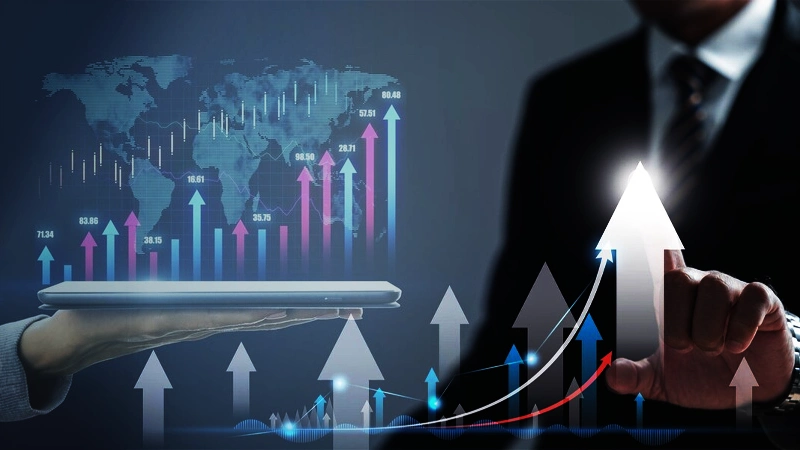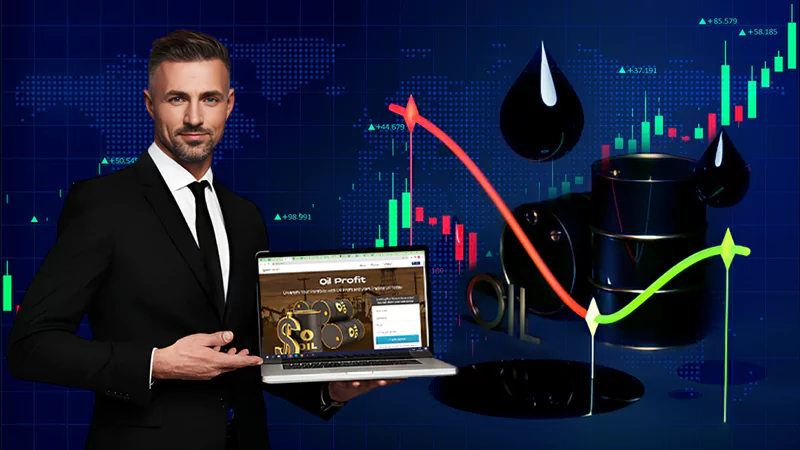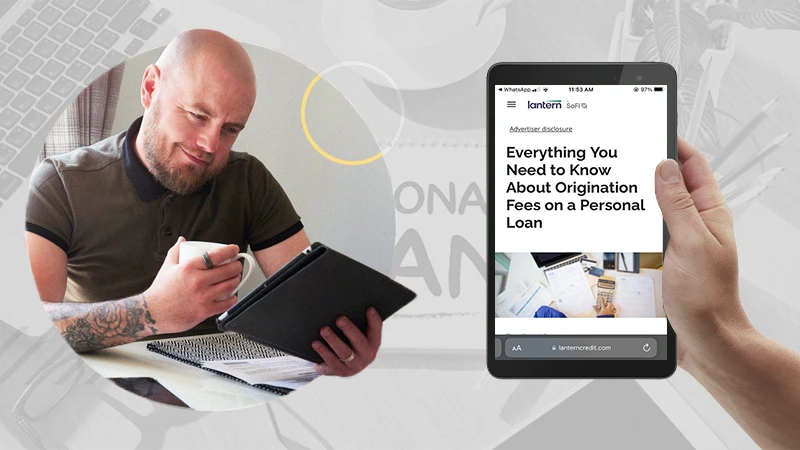What Is a Microloan and How Does It Work?
If you’re looking for a little cash to help get your business up and running or fund a new project, then microloans might be just what you need. They can offer the money that you need when traditional lenders don’t lend to you, as they tend to focus on larger loans.
Microloans
Microloans are small loans that can be used to finance small businesses. A microloan is generally less than $10,000—and sometimes as little as $100—and is usually below the amount at which banks are comfortable lending. Lantern by SoFi experts, “Microloan programs differ with focus on particular types of businesses.”
Microloans are often used by people who don’t have access to traditional bank loans because they need collateral or other assets that would make them attractive for a standard loan. As a result, these borrowers can use their microloans for various purposes, including starting their own business or starting or expanding an existing one.
Also, Read About PaydayChampion: Apply Loans Online, Get Money into Your Bank Account in 1 Hour
What Is the Purpose of Microloans?
Generally, those take microloans or microfinance for whom it becomes quite difficult to avail loans from conventional banks. People utilize microloans specifically for curating business-related activities such as:
- Initiating a new business venture
- Meeting daily working capital needs
- Maintaining a regular cash flow and every day’s expenses
- Paying wages and salaries to labor and employees, respectively
- Debt consolidation
Who Can Apply for Microloans?
You can apply for a microloan if you are at least 18 years old and have a steady source of income. In addition to that, you need to have a bank account and a credit score. And lastly, you must prove that you have an idea for a business or project that will benefit your community or society as a whole.
Following is the list of all who can avail of microloans:
- Retailers
- Traders
- Self-employed individuals
- Sole Proprietors
- Manufacturers
- Startups
- Women entrepreneurs
- Consultants
- Minimum wages workers
- Minorities
What Do You Use Microloans for?
Microloans are used for all sorts of things, including:
- Businesses. Microloans can help people get started as entrepreneurs and small business owners. They can also be used to expand an existing company or to purchase equipment or tools.
- Home improvements. You might use a microloan to buy new kitchen appliances or redo your living room.
- Personal loans. You may want to go on vacation but don’t have enough money saved up yet! A microloan would help pay for that trip so you can enjoy it guilt-free (and come back refreshed and ready to work).
- Hobbies and interests. Are there any hobbies or interests you’ve wanted to pursue lately? You may be thinking about learning how to dance salsa music at a local studio; that dream could become a reality with a microloan from Upstart Loans! It’s never too late in life when it comes down the road—you just need passion, determination, and perseverance!
How Does Microloan Work?
Microloan finds its roots in the Grameen Bank which was founded in 1976 by Muhammad Yunus. This bank used to grant small loans to women hailing from Bangladesh who made baskets. To make this process to be processed smooth, a need for a specialized lending institution was felt that should be in the surrounding area where the borrower is living.
To apply for microfinancing, any small business has to meet any local intermediary that will assess the business’s application, evaluate the company’s reliability, and thus finalize if the company is eligible for the loan requirements.
In today’s scenario, microloans are advertised heavily on almost all media to introduce new lenders. In the private microlending process, platforms need borrowers who will select a loan purpose and loan amount. After evaluating the creditworthiness, these platforms assign terms to the loan.
On the other hand, a borrower has a specific payment schedule which indicates a payment amount that is fixed. In the payment, the amount of principal paid each month increases gradually, whereas the amount of interest paid on a monthly basis decreases.
Where Can You Get A Microloan?
If you’re interested in getting a microloan, your first step should be looking into which online lenders offer the best rates and terms. Many online lenders have low-interest rates and flexible repayment terms. If you don’t want to go through an online lender, then consider visiting your local bank or credit union for help with the application process.
If you need a different option, then consider contacting non-profit organizations that offer microloans as part of their mission statement. Non-profit organizations often offer lower loan amounts than for-profit institutions but still provide helpful services such as credit counseling and financial management advice as part of their package deal.
The best microloan options that are available to help small business owners are as follows:
- SBA Microloans
- Accion USA
- Kiva
- LiftFund
- Grameen America
- Opportunity Fund
What Are the Benefits of Microloans?
For a borrower, microloans are a great support as they serve as the only way through which these borrowers can opt out of a secure financing plan. Since these borrowers are those who have bad credit because of their limited financial resources, hence, they can easily get loans through the use of microloans. Though the loans given are smaller as compared to what is allowable by the top traditional financial institutions, the sanctioned amount is sufficient enough to appropriate the amount to the desired work.
For an investor, microloans are one-stop solutions with the help of which they can diversify their portfolio. Furthermore, the investor holds greater control over many significant financing decisions. It completely depends on the will of the investor how much money he wants to invest in truth, what shall be the installment period, how frequent it shall be and what are the eligible conditions to avail of this wonderful opportunity.
What Are the Drawbacks of Microloans?
Microloans are not free from limitations. Apart from their advantages, both borrowers and investors have to face their many drawbacks also. Let’s understand its limitations individually for borrowers and then investors.
Borrowers have to face the following disadvantages:
- They may face difficulty because of short repayment terms (sometimes even less than a year)
- They are often asked for the specific purpose of applying for the loan. If the purpose seems worthless, the application gets canceled.
- They can secure a small amount of loan only that is generally up to $50,000.
- They are never guaranteed secured financing.
Investors have to face the following disadvantages:
- They are charged a service fee on all the payments they receive through multiple lending platforms.
- If they suffer any loss, they are not able to recover it easily because microloans are unsecured most of the time.
- They often have to take the risk of loss, whose intensity may be smaller or higher depending completely upon the borrower who is given the loan.
- They have to follow a long process that involves an extensive review of platforms, loan policy, screening and evaluating applicants, and much more.
The Bottom Line
A microloan is an innovation in the financial industry that has been possible because of advanced technology and the peer-to-peer economy. Those who want to lend money can earn several high returns.
Through lending, they can help fund all those borrowers who, due to certain geographical locations or because of low financial income, can’t get access to credit from traditional banks or credit unions. This way, one section of society can help the other and both, thus balancing each other’s requirements and stepping ahead in the journey of success.
Enhancing Business Finance: The Power of Tax Relief…
How Can Families Save More Without Compromising Their…
Emerging Markets and Tech-Driven Growth: Investing in the…
The Future of Finance: Exploring Emerging Technologies and…
Earning Passive Income with Liquidity Pools
Best Practices for Developing an Account Planning Strategy
Dive Into the Oil Profits by Investing in…
Binary Options in Japan: How Bubinga Stands Out
From Whiskey to Watches: The Fascinating Realm of…
Simplifying Borrowing for Your New LLC: Financing Solutions…
Paying Off Personal Loans Early: Pros and Cons…












